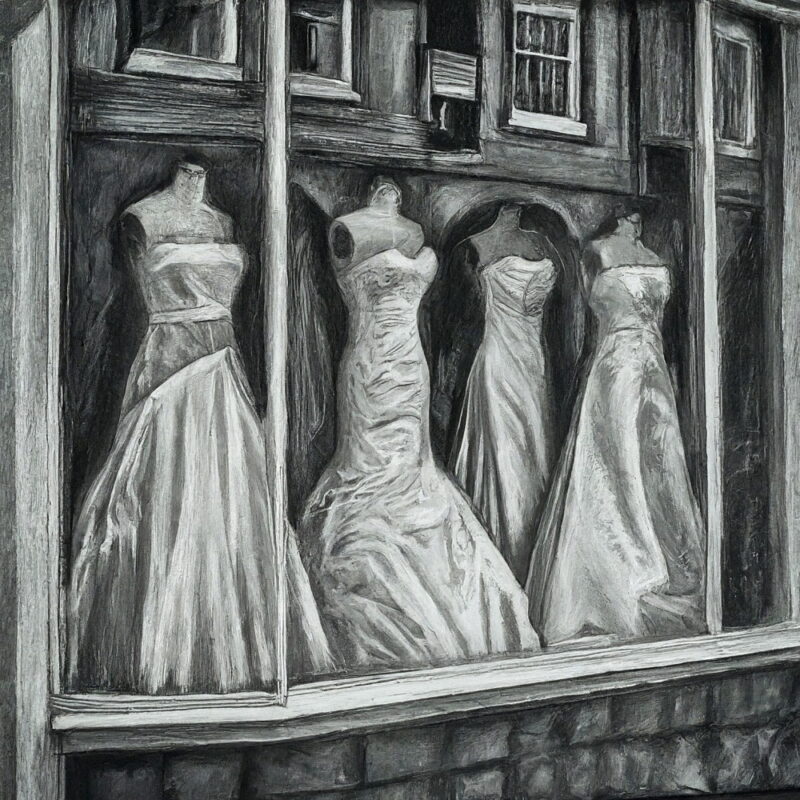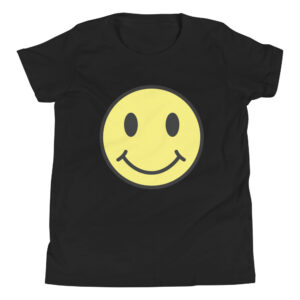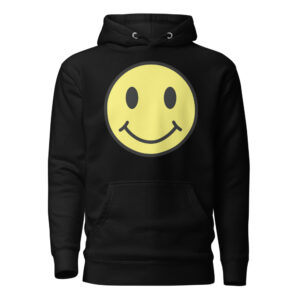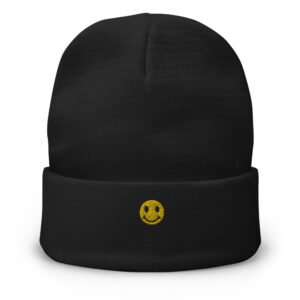A Journey Through Bridal Fashion: How Wedding Dresses Have Transformed
Wedding dresses are more than just garments; they are symbols of tradition, culture, and personal style. Over the decades, wedding dress styles have evolved, reflecting changes in society, fashion trends, and the role of women. From the opulence of the early 20th century to the minimalist designs of today, the history of wedding dresses offers a fascinating glimpse into how fashion has shaped one of the most important days in a woman’s life.
The Early 1900s: Opulence and Tradition
In the early 1900s, wedding dresses were elaborate and heavily embellished, often reflecting the wealth and social status of the bride. Edwardian-era gowns featured high necklines, long sleeves, and intricate lace detailing. The silhouette was typically modest, with corsets and full skirts creating an hourglass figure. Brides often wore veils and headpieces adorned with flowers or jewels, adding to the overall grandeur of the ensemble.
The 1920s: Flapper Influence
The 1920s brought about a significant shift in wedding dress styles, influenced by the flapper fashion of the time. Brides began to favor shorter hemlines, looser silhouettes, and dropped waistlines, reflecting the era’s more liberated attitudes. Beading, fringe, and Art Deco-inspired designs became popular, and many brides opted for headbands or cloche hats instead of traditional veils. This decade marked the beginning of a more modern approach to bridal fashion.
The 1940s and 1950s: Elegance and Femininity
The 1940s saw a return to more conservative styles due to the impact of World War II. Fabric rationing led to simpler, more practical wedding dresses, often made from less luxurious materials. However, the post-war era of the 1950s brought back a sense of glamour, with tea-length dresses, cinched waists, and full skirts becoming popular. Lace, satin, and tulle were favored fabrics, and brides often accessorized with gloves and pearl jewelry to complete the elegant look.
The 1960s and 1970s: Breaking Tradition
The 1960s and 1970s were decades of cultural change, and wedding dress styles reflected this shift. The 1960s introduced shorter, mod-inspired dresses with high hemlines and simple silhouettes. Some brides even opted for suits or colored dresses, breaking away from the traditional white gown. The 1970s embraced the bohemian aesthetic, with flowing fabrics, lace, and floral accents becoming popular. Brides began to choose dresses that reflected their individuality, often opting for more casual, outdoor ceremonies.
The 1980s: Extravagance and Excess
The 1980s were all about excess, and wedding dresses were no exception. Inspired by Princess Diana’s iconic wedding gown, brides embraced voluminous skirts, puffed sleeves, and dramatic trains. The decade was characterized by a return to opulence, with gowns featuring layers of lace, tulle, and beading. The emphasis was on making a grand statement, and wedding dresses of the 1980s were designed to do just that.
The 1990s and 2000s: Minimalism and Personalization
As fashion trends shifted in the 1990s, wedding dresses became more streamlined and minimalist. Simple, elegant designs with clean lines and minimal embellishments were favored. Strapless and sleeveless gowns became popular, and brides began to focus more on personalization, choosing dresses that reflected their own style rather than following traditional norms. The 2000s continued this trend, with many brides opting for unique, custom-made gowns.
The 2010s and Beyond: Diversity and Inclusivity
In recent years, the bridal fashion industry has embraced diversity and inclusivity, offering a wide range of styles to suit every bride’s taste and body type. From classic ball gowns to sleek, modern designs, there is no longer a “one-size-fits-all” approach to wedding dresses. Brides today have the freedom to choose a dress that truly reflects their personality and the tone of their wedding, whether it’s a traditional church ceremony or a laid-back beach celebration.
From Tradition to Trend: The Ever-Changing World of Wedding Dresses
Wedding dress styles have evolved dramatically over the decades, reflecting broader changes in society and fashion. From the opulent gowns of the early 1900s to the diverse and personalized designs of today, each era has left its mark on bridal fashion. As we look to the future, it’s clear that the only constant in wedding dress design is change—allowing each new generation of brides to make their own unique statement on their special day.






